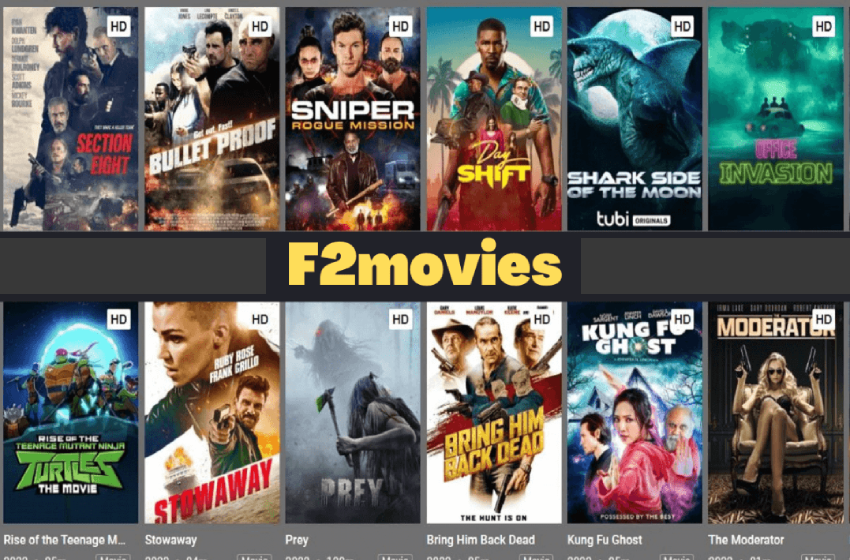The Technical Foundation Behind Free Movie Streaming
Online streaming sites like f2movies, f2movie, and platforms accessible through domains like f2movies.to and f2movies.fx operate on a complex technical infrastructure designed to deliver video content to millions of users worldwide. Understanding their architecture reveals both the technological sophistication and operational challenges these platforms face.
Core Architecture Components
Server Infrastructure and Hosting
Free streaming platforms typically rely on distributed server networks to handle massive traffic loads. Unlike legitimate services such as Netflix that use premium cloud infrastructure, sites like f2movies often employ budget-friendly hosting solutions to minimize costs.
These platforms commonly use:
-
Offshore dedicated servers with unmetered bandwidth, often hosted in countries with weaker enforcement of copyright laws
-
Virtual Private Servers (VPS) from multiple providers to create redundancy
-
Content Delivery Networks (CDN) to distribute video files across geographically dispersed servers
The server architecture typically includes several key components:
-
Proxy servers that handle client connections and forward requests
-
Media servers that process and route video streams
-
Transcoding servers that convert content into multiple formats and resolutions
-
Storage servers that house the actual video files
Content Delivery and Streaming Protocols
Modern streaming sites use sophisticated protocols to deliver content efficiently. The process typically follows this workflow:
-
Video Ingestion: Content is uploaded and processed through encoding software
-
Transcoding: Videos are converted into multiple formats and resolutions to support different devices and connection speeds
-
Chunked Delivery: Large video files are broken into smaller segments for adaptive streaming
-
Protocol Implementation: Sites use streaming protocols like RTMP, HLS, or DASH to deliver content
Domain and Infrastructure Management
Sites like f2movies alternatives frequently change domains to evade legal actions. This involves:
-
DNS-level load balancing using services like Cloudflare
-
Multiple domain registrations across different extensions (.to, .fx, .com, etc.)
-
Encrypted communication and false identities for server registrations
Revenue Generation Models
Despite offering “free” content, these platforms generate revenue through several mechanisms:
Advertising Networks
-
CPM (Cost Per Mille) advertising pays based on impressions
-
CPC (Cost Per Click) models compensate based on user interactions
-
Overlay advertisements that don’t interrupt streaming
-
Pop-up and redirect advertising (often intrusive)
Data Collection and Monetization
-
User behavior tracking for targeted advertising
-
Personal information collection during account creation
-
Data selling to third-party marketing companies
Technical Challenges and Solutions
Bandwidth and Performance Management
Streaming video requires enormous bandwidth. Free platforms address this through:
-
Adaptive bitrate streaming that adjusts quality based on user connection speed
-
Edge server deployment to minimize latency
-
Caching mechanisms that store popular content closer to users
Security and Anti-Piracy Measures
Legitimate platforms implement robust security features:
-
Digital Rights Management (DRM) to encrypt content
-
Geo-blocking to comply with licensing agreements
-
Token authentication to prevent unauthorized access
However, free streaming sites often lack these protections, making them vulnerable to both legal action and security threats.
Infrastructure Costs and Scalability
Operating a streaming platform involves significant costs:
-
Server hardware optimized for video processing and high concurrent users
-
Bandwidth costs that can reach thousands of dollars monthly for high-traffic sites
-
Content delivery network fees for global distribution
-
Transcoding infrastructure to support multiple device formats
Legal and Operational Risks
The infrastructure behind sites offering f2movies alternatives faces constant challenges:
-
Server seizures by law enforcement agencies
-
Domain blocking by internet service providers
-
Legal actions from content owners and industry groups
-
Hosting provider terminations due to copyright complaints
The Technology Behind Legitimate Alternatives
Legal streaming services employ similar but more sophisticated infrastructure:
-
Microservices architecture with hundreds of independent services
-
Machine learning algorithms for content recommendation
-
Advanced analytics for user behavior analysis
-
Premium CDN networks for optimal global delivery
Conclusion
The technical architecture of streaming sites like f2movies reveals a complex ecosystem balancing cost efficiency with performance demands. While these platforms demonstrate sophisticated technical solutions for video delivery, their operational model faces inherent legal and security challenges that legitimate services avoid through proper licensing and infrastructure investment.
Understanding this architecture helps users make informed decisions about streaming options, recognizing both the technical achievements and significant risks associated with unlicensed streaming platforms. For sustainable and secure video streaming, legitimate alternatives with proper licensing agreements remain the recommended choice.








